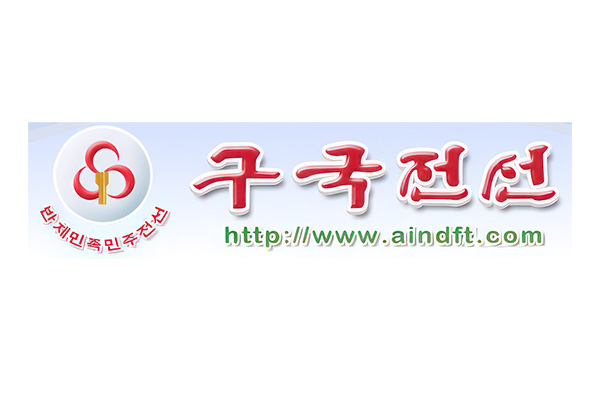Seventy-seven years have passed since President Kim Il Sung founded the Association for the Restoration of the Fatherland (ARF), an organization of the anti-Japanese national united front.
What takes an important place in the exploits of the President, who devoted all his life to the country’s prosperity and the people’s well-being, is that he founded the ARF to achieve the historic cause of national liberation by the concerted efforts of all anti-Japanese patriotic forces.
From the initial days of his revolutionary activities he conceived the idea of forming the anti-Japanese national united front embracing and representing the entire Korean nation. He defined the line of the anti-Japanese national united front as one of the Juche-oriented lines of the Korean revolution at the historic Kalun meeting (June 30-July 2, 1930).
In the first half of the 1930s he laid the foundation for forming the national united front by actively enrolling the broad segments of the anti-Japanese people in mass organizations by class and social section and in the anti-imperialist leagues, mass united front organizations.
On the basis of the achievements, he ensured that a decision on establishing a permanent united front organization which could rally the entire nation as one was adopted at the Nanhutou meeting in February 1936.
Thus the ARF, a broad-based and integral anti-Japanese national united front organization embracing mass organizations of all strata and anti-Japanese patriotic personages, was founded on May 5, 1936.
The foundation of the ARF was a brilliant realization of the President’s unique idea of the united front and a historic event that ushered in the dawn of national liberation by the great unity of the Korean nation.
The broad-mindedness and magnanimity of the President, who embraced anyone who loved the country and nation transcending differences in political view and religion, and led them to the road of patriotism, made the nationalists and religious men as well as workers and peasants support The Ten-point Program of the Association for the Restoration of the Fatherland and turn out in the anti-Japanese united national front movement.
After its foundation, the ARF expanded the network of its organizations into Changbai and Fusong counties, the shores of the Amnok River in the northern border areas, towns and farm and fishing villages all over the country, including North and South Chungchong Provinces, going beyond the northern part of Korea including North and South Hamgyong and North Phyongan Provinces in a very short span of time. It also established its sub-organizations in the residential areas of Koreans in northeast China and in Japan.
As a result, it developed into a powerful organization of the anti-Japanese national united front with the membership of hundreds of thousands in a short period.
The expansion and reinforcement of the ARF organizations made it possible to closely combine the anti-Japanese struggle of patriotic people of all strata with the anti-Japanese armed struggle of the Korean People’s Revolutionary Army and achieve the historic cause of national liberation on August 15, 1945.
The valuable experience and tradition of the great national unity, which had been gained in the days of the anti-Japanese revolution when President Kim Il Sung founded the ARF and guided its work, displayed their great vitality in the period of the struggles to build a new society after liberation, build socialism and achieve national reunification.


